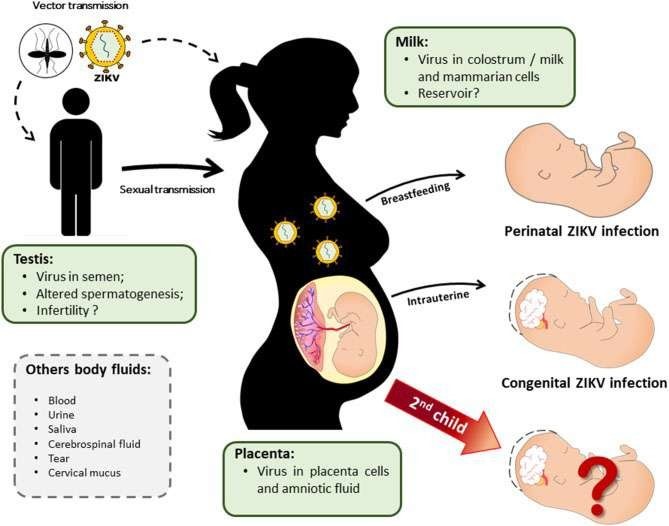A school nurse is teaching a parent about absence seizures. Which of the following information should the nurse include?
“This type of seizure can be mistaken for daydreaming.”
“This type of seizure lasts 30 to 60 seconds.”
“This type of seizure has a gradual onset.”
“The child usually has an aura prior to onset.”
The Correct Answer is A
Absence seizures are brief, sudden lapses of consciousness that usually last a few seconds. They are more common in children than in adults.
A person having an absence seizure may stare blankly into space and not respond to others. They may also have subtle movements such as lip smacking or eyelid fluttering.
Choice B is wrong because absence seizures typically last less than 15 seconds, not 30 to 60 seconds.
Choice C is wrong because absence seizures have a sudden onset, not a gradual one.
Choice D is wrong because absence seizures do not have an aura prior to onset. An aura is a warning sign that some people experience before a seizure, such as a strange feeling, smell, or vision.
Nursing Test Bank
Naxlex Comprehensive Predictor Exams
Related Questions
Correct Answer is B
Explanation

This is because rubella is a highly contagious viral infection that can cause serious harm to the developing fetus if the pregnant person gets infected. Rubella can cause congenital rubella syndrome, which can result in hearing and vision loss, heart defects and other serious conditions in newborns.
Choice A is wrong because aspirin should not be given to children or adolescents with viral infections, as it can cause Reye’s syndrome, a rare but potentially fatal condition that affects the liver and brain.
Choice C is wrong because rubella does not require airborne precautions, which are used for diseases that can spread through very small droplets that can remain in the air for long periods of time, such as tuberculosis or measles. Rubella spreads through direct contact with saliva or mucus of an infected person, or through respiratory droplets from coughing or sneezing.
Therefore, standard and droplet precautions are sufficient to prevent transmission. Choice D is wrong because Koplik spots are a characteristic sign of measles, not rubella.
Koplik spots are small white spots that appear on the inside of the cheeks before the measles rash develops. Rubella causes a pink or red rash that usually starts on the face and moves down the body.
Normal ranges for rubella antibody tests are:
- IgM: Negative or less than 0.9 IU/mL
- IgG: Negative or less than 10 IU/mL
A positive IgM result indicates a recent or current infection, while a positive IgG result indicates a past infection or immunity from vaccination.
Correct Answer is D
Explanation
This is because a cathartic suppository stimulates the nerve endings in the rectum, causing a contraction of the bowel and facilitating defecation. This is especially helpful for clients who have an upper motor neuron or areflexic bowel, which means they have lost the ability to feel when the rectum is full and have a tight anal sphincter muscle. A bowel program is a way of controlling or moving the bowels after a spinal cord injury, which may affect normal bowel function depending on the spinal level involved. A bowel program aims to achieve regular bowel movements, prevent constipation or impaction, and avoid accidents.
Choice A is wrong because encouraging a maximum fluid intake of 1,500 mL per day is not enough to prevent constipation and promote bowel health. A fluid intake of at least 2,000 mL per day is recommended for most adults.
Choice B is wrong because increasing the amount of refined grains in the client’s diet can worsen constipation and reduce stool bulk.
Refined grains are low in fiber, which is essential for normal bowel function. A high-fiber diet of at least 20 to 35 grams per day is advised for clients with spinal cord injuries.
Choice C is wrong because providing the client with a cold drink prior to defecation can have the opposite effect of stimulating the bowel.
Cold drinks can slow down the digestive process and reduce peristalsis, which is the movement of food through the intestines. Warm or hot drinks can help stimulate the bowel and increase peristalsis.
Whether you are a student looking to ace your exams or a practicing nurse seeking to enhance your expertise , our nursing education contents will empower you with the confidence and competence to make a difference in the lives of patients and become a respected leader in the healthcare field.
Visit Naxlex, invest in your future and unlock endless possibilities with our unparalleled nursing education contents today
Report Wrong Answer on the Current Question
Do you disagree with the answer? If yes, what is your expected answer? Explain.
Kindly be descriptive with the issue you are facing.
